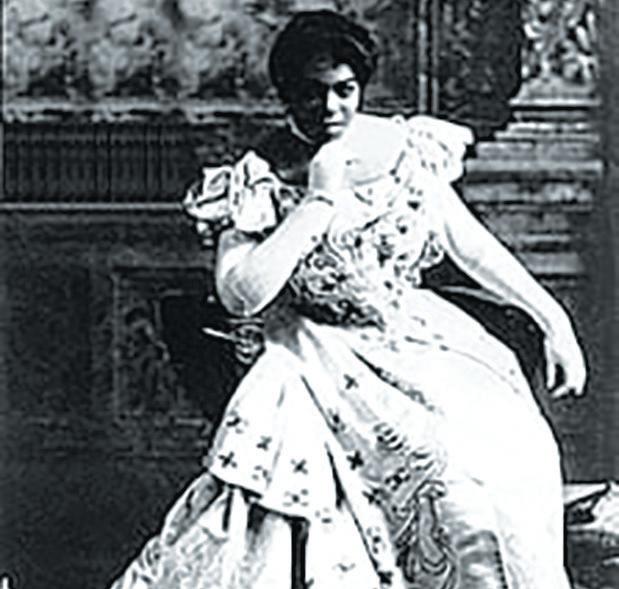
1 minute read
The story of Elizabeth Taylor Green field, America’s first Black pop star
By Adam Gustafson Instructor in Music, Penn State
In 1851, a concert soprano named Elizabeth Taylor Greenfield embarked on a national tour that upended America’s music scene. In antebellum America, operatic and concert songs were very popular forms of entertainment. European concert sopranos, such as Jenny Lind and Catherine Hayes, drew huge crowds and rave reviews during their U.S. tours. Lind was so popular that baby cribs still bear her name, and you can now visit an unincorporated community called Jenny Lind, California. Greenfield, however, was different. She was once enslaved. And she was performing songs that a burgeoning field of American music criticism, led by John Sullivan Dwight, considered reserved for white artists. African-American artists, most 19th-century critics argued, lacked the refined cultivation of white, Eurocentric genius, and could create only simple music that lacked artistic depth. It was a prejudice that stretched as far back as Thomas Jefferson in his “Notes on the State of Virginia” and was later reinforced by minstrel shows.
But when Greenfield appeared on the scene, she shattered preexisting beliefs about artistry and race.
‘The Black Swan’ Elizabeth Taylor Greenfield was born into slavery in Natchez, Mississippi, around 1820. As a girl, she was taken to Philadelphia and raised by an abolitionist.
Largely self-taught as a singer, she began her concert career in New York with the support of the Buffalo Musical Association. In Buffalo, she was saddled with the nickname “the Black Swan,” a crude attempt to play off the popularity of Jenny Lind – known as “the Swedish Nightingale” –who was wrapping up one of the most popular concert tours in American history.
In 1851, Colonel Joseph H. Wood became Greenfield’s promoter. Wood, however, was an overt racist and inhumane promoter known for creating wonderment museums in Cincinnati and Chicago that featured exhibits like the “Lilliputian King,” a boy who stood 16 inches tall. With Greenfield, he sought to replicate the success that another promoter, P.T. Barnum, had with Jenny Lind. In a letter to Frederick Douglass, Martin R. Delany, a physician, newspaper editor and Civil War hero, wrote that Wood was a fervent supporter of the Fugitive Slave Act of 1850 and would not admit black patrons into his museums or at Greenfield’s concerts. For Greenfield’s African-American supporters, it was a point of huge contention throughout her career.
Critics reconcile their ears with their racism In antebellum America, the minstrel show was one of the most popular forms of musical entertainment. White actors in blackface exploited common stereotypes of African-Americans, grossly exaggerating their dialect, fashion, dancing and singing.
For example, the popular song “Zip Coon” portrayed African-Americans as clumsily striving for the refinement of white culture. The cover of the sheet music








